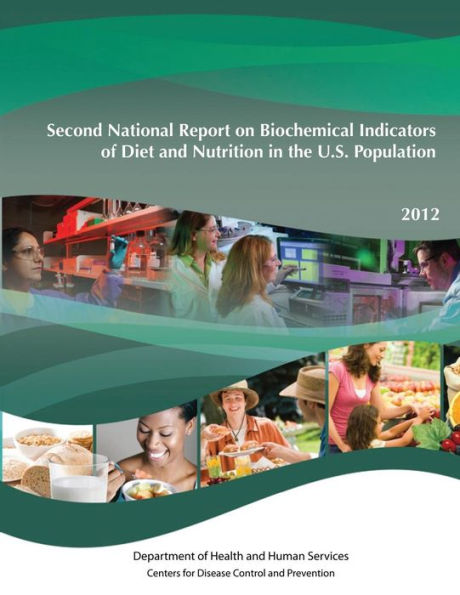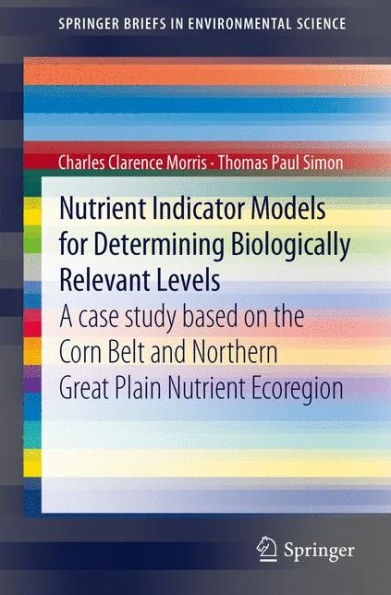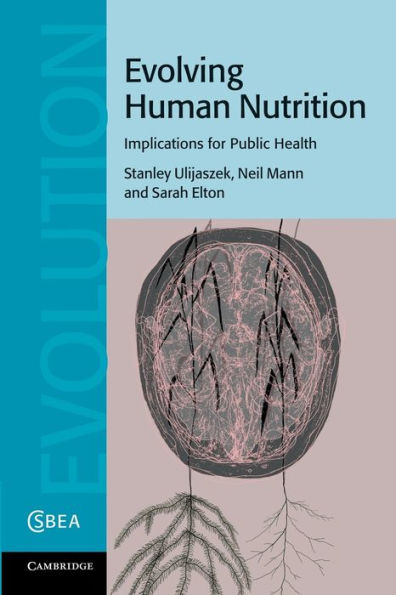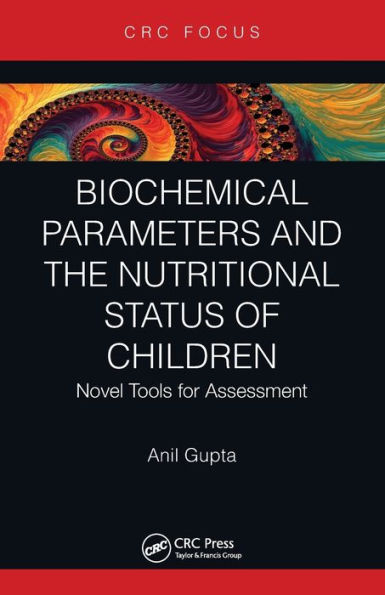Home
Second National Report on Biochemical Indicators of Diet and Nutrition in the U.S. Population



Second National Report on Biochemical Indicators of Diet and Nutrition in the U.S. Population
Current price: $35.99
Loading Inventory...
Size: OS
The National Report on Biochemical Indicators of Diet and Nutrition in the U.S. Population is a series of publications that provide ongoing assessment of the U.S. population's nutritional status by measuring blood or urine concentrations of diet-and-nutrition biochemical indicators. The Centers for Disease Control and Prevention's (CDC) Division of Laboratory Sciences at the National Center for Environmental Health (NCEH/DLS) conducted the laboratory analyses for 58 biochemical indicators presented in this 2012 report, which is the second in this series. CDC measured these indicators in specimens from a representative sample of the U.S. population during all or part of the four-year period from 2003 through 2006. Where available, data are also presented on changes of biochemical indicator concentrations over time since 1999. Similarly, data are also presented on the prevalence of low or high biochemical indicator concentrations during 2003-2006, and on changes in the prevalence over time since 1999. The first report of this series was published in July 2008 and contains information on 27 biochemical indicators from all or part of the four-year period from 1999 through 2002. CDC's National Health and Nutrition Examination Survey (NHANES), conducted by the National Center for Health Statistics (NCHS), collected the specimens for this report. NHANES is a series of surveys designed to collect data on the health and nutritional status of the U.S. population. This report covers biochemical measurements-one important facet in the assessment of the U.S. population's nutritional status. Other nutrition-related aspects from NHANES, such as dietary intake, supplement usage, hematologic measurements, and anthropometric body measurements are not covered. In this report, a biochemical indicator means a nutrient (e.g., vitamin, fatty acid, trace element), a metabolite (e.g., homocysteine, methylmalonic acid), or a dietary indicator with potential health relevance (e.g., isoflavone, lignan) measured in blood or urine. Although most biochemical indicators presented in this report enter the human body from foods or supplements, the body itself produces some indicators in response to dietary intake or environmental exposure. Blood and urine concentrations reflect the amount of nutrients and dietary compounds actually in the body or passing through the body from all these sources. This report's primary objective is to inform public health scientists and policy makers about the concentrations of biochemical indicators of diet and nutrition in the general U.S. population and in selected subpopulations. These data will help physicians, scientists, and public health officials assess inadequate or excess intake and will inform analyses on the relation between biochemical indicators and health outcomes. Other objectives and potential public health uses of the information include: 1) Establishing and improving on existing population reference levels that can be used to determine whether an individual or a group has an unusually high or low concentration of a diet-and-nutrition biochemical indicator. 2)Determining whether the nutritional status of special population groups, such as minorities, children, women of childbearing age, or the elderly, is different from that of other groups, or whether such nutritional status needs improvement. 3)Tracking trends over time in the population's biochemical indicator concentrations. 4) Assessing the effectiveness of public health efforts to improve the diet and nutritional status of the U.S. population. 5) Guide research to perform more in-depth analyses of the NHANES data and to generate hypotheses for future nutrition and human health studies.


















